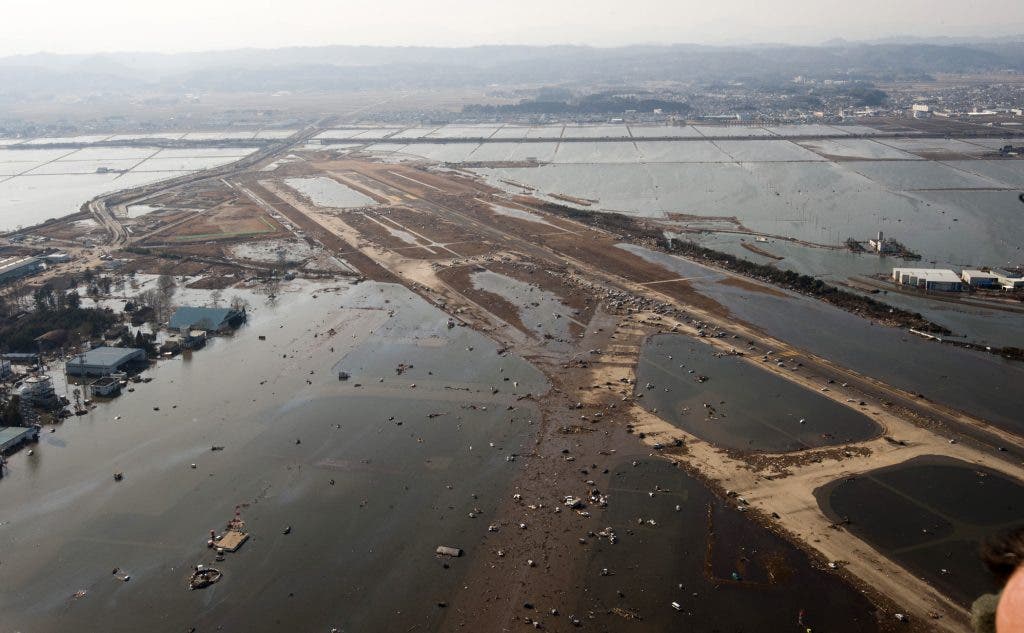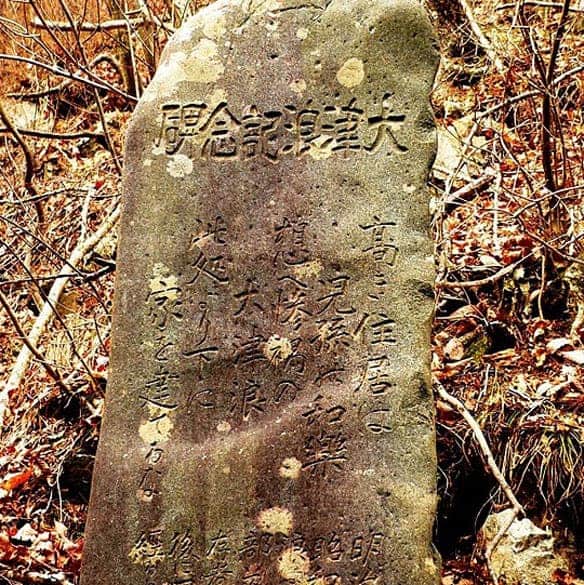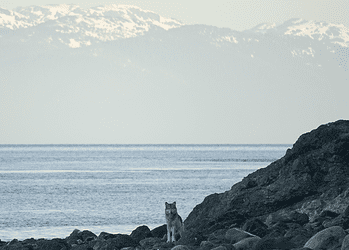“High dwellings are the peace and harmony of our descendants,” the rock slab says. “Remember the calamity of the great tsunamis. Do not build any homes below this point.”

Stones with messages like this one are surprisingly common on Japan’s coast; they tell a long forgotten story, a story of danger, tragedy and tsunamis. They serve as a warning for future generations – one that was sadly ignored by many.
Tsunamis
Japan is one of the countries with most tectonic activity. About 1500 significant earthquakes strike the country every year, with events like the Great Kanto Earthquake that killed 100,000 people in 1923 becoming National Disaster Prevention Day. Japan sits on no less than four different tectonic plates, all of them in relative motion to the others. These plates push and tug and mash and fracture, ultimately generating not only an impressive volcanism, but also the earthquakes. To complicate things even more, it’s not just the earthquakes themselves that do the damage, but the tsunamis created by them.

Tsunamis are seismic sea waves caused by a displacement of a large body of water or underwater ground. As early as 426 BC the Greek historian Thucydides suggested that tsunamis are caused by earthquakes, but our understanding of the phenomenon remained relatively slim until recently.
“The cause, in my opinion, of this phenomenon must be sought in the earthquake. At the point where its shock has been the most violent the sea is driven back, and suddenly recoiling with redoubled force, causes the inundation. Without an earthquake I do not see how such an accident could happen.”
Generation after generation, the people of Japan have faced the threat of a tsunami, but they wanted to be sure that their knowledge was passed on and carved in stone – literally.
Stone Warnings

“They knew the horrors of tsunamis, so they erected that stone to warn us,” said Tamishige Kimura, 64, the village leader of Aneyoshi.
Hundreds of these tsunami stones, some 600 years old, were raised to warn descendants of the tsunami risk, but unfortunately not all heed it.
“The tsunami stones are warnings across generations, telling descendants to avoid the same suffering of their ancestors,” Itoko Kitahara, a historian of natural disasters at Ritsumeikan University in Kyoto, told Fackler in 2011 after an earthquake killed nearly 29,000 people. “Some places heeded these lessons of the past, but many didn’t,” Kitahara told Fackler.
Initially respected religiously, the stones were ignored more and more until the point where entire blooming cities emerged next to them.
“It takes about three generations for people to forget. Those that experience the disaster themselves pass it to their children and their grandchildren, but then the memory fades,” Fumihiko Imamura, a professor in disaster planning at Tohoku University, told the AP.
The houses of those who ignored the warning (or never learned it in the first place) were smashed by the brunt of the magnitude-9.0 earthquake and tsunami on March 11 that killed almost 29,000 people. The tsunami was so huge and violent that it wiped out some of the stones as well — areas previously thought safe were destroyed, and areas below the “stone level” were leveled.
Learning From Suffering
To most people in Japan, this type of warning would seem archaic, a remnant from another era. But a few people still heed the message from their ancestors. Mr. Kimura, a fisherman who lost his boat in the tsunami, said his village was first moved uphill after the tsunami in 1896, which left only two survivors. The village was repopulated, thrived but again moved towards the beach and was again destroyed in 1933, with 4 survivors. After this, the village was moved uphill for good, tsunami stones were placed and when the tsunami came in 1960 – the village was safe. No one knows who carved and placed the stone, but they do know it saved the village.
“That tsunami stone was a way to warn descendants for the next 100 years that another tsunami will definitely come,” he said.
When the 2011 tsunami struck, larger than any previous tsunami, the village itself was safe, but not all its inhabitants survived. It just seems that as time passes, we forget the warnings of previous generations, even if they come true time and time again. Looking at Japan’s polarized society, rifting more and more between the old and the new, one can’t help but wonder what other (perhaps more subtle) warnings from our ancestors we are ignoring.






